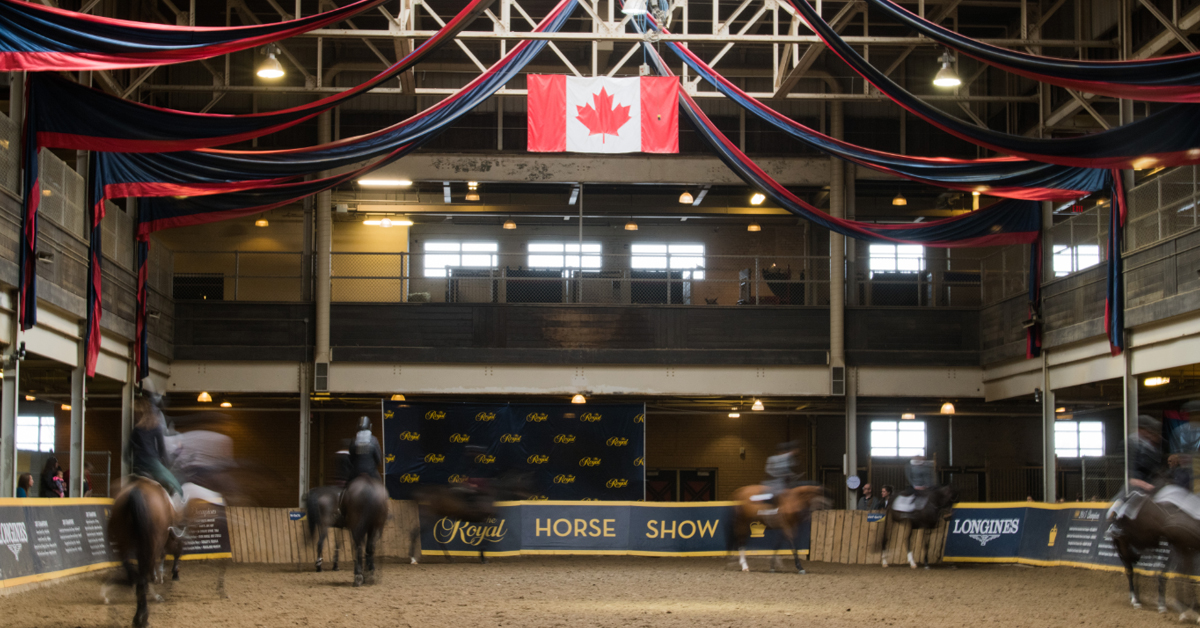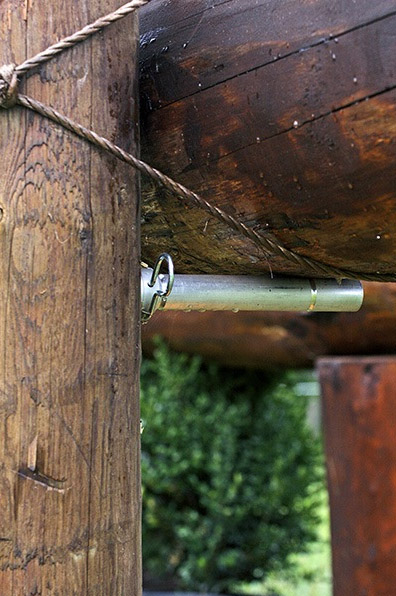Canadian Eventing has come out firmly in support of a new call by the United States Eventing Association (USEA) for mandatory use of frangible devices on cross-country courses.
The use of the technology – proven to prevent the most traumatic rotational falls – is up to the course designer’s discretion at FEI events. But there has been a growing campaign both by industry professionals and on social media in recent weeks in the run up to the annual General Assembly of the FEI (November 18-21,) where rule changes for international horse sports effective from January 2018 are finalised.
Sixty seven riders have died internationally since 1995, a majority of them from rotational falls in which the horse’s forward motion is interrupted by striking the fixed fence, causing it to tip up and land directly on top of the rider.
Peter Gray, chair of the Canadian Eventing committee, said that “all tools at our disposal” should be used to reduce the risks. The two north American national bodies ask that “all open rail fences, gates, oxers and oxer corners be built using reverse frangible technology,” with USEA laboring the “moral obligation.”
Despite massive investment in research on technology since the Hartington safety enquiry of 2000, the use of devices – commonly referred to as “pins” – varies widely around the world.
“On one hand you have Australia that has no pins at all and then you have the US who are trying to make 50% of cross-country obstacles frangible if they could,” said Gray. “Two opposite ends of the spectrum. There are still too many serious accidents in the sport that I would err on the side of caution and require frangibles.
“I remember maybe eight years ago we went through a terrible time in the sport, with several fatalities one year. I was talking to [jumping trainer] George Morris about it and he said that it was unacceptable and everything should be frangible to avoid these catastrophic falls. He was asked whether cross-country riding was dangerous and I thought his answer was excellent. He said that going to the barn to feed your horse in the morning is dangerous if you aren’t paying attention; saddling-up and riding adds more risk; jumping a show jump further increases the risk and then you make that obstacle solid and it’s even more risky.”
In the spring the FEI made a “very strong recommendation” about increasing the scope of fence-types that should be “pinned,” in which it was also implicit that reverse rather than front-pinning techniques be used. However, the FEI has admitted that take-up of increased optional pinning had varied from country to country so far. Burghley even continued to front-pin some fences.
The day after USEA issued its statement (October 18) the FEI appeared to be paving a way for the change in outlook.
A FEI spokesperson told Horse Sport: “Eventing takes place at international level in around 40 countries worldwide with many more hosting national level events and not all of these countries have the immediate resources and knowledge to support the correct implementation of frangible technology.
“It is the FEI’s role to provide the necessary educational and logistical support to National Federations to enable them to source approved devices, ensure their correct use and ultimately decide when the time is right to make their use compulsory so that frangible technology is used effectively worldwide.”
The spokesperson said that about 3,500 devices were in use at FEI events around the world and added: “It is important to note that frangible devices are one element in a wide spectrum of risk management initiatives and, while they are clearly an important component, they will not in themselves eliminate all risk from the sport.”
Gray said: “There are some jumps that are in the ‘red flag’ category which need to be addressed: oxers, downhill verticals, verticals landing in water or with a ditch on the landing side, and bounces. Brush fences represent a good proportion of cross-country fences in Canada and are considered deformable and so are considered more in the safe zone for jump design.”
The full USEA statement reads:
“The time has come to take a stronger stance on the usage of frangible technology in the sport of eventing. We as the leaders of the sport have the moral obligation to say that the time for use of all currently available safety technology is now. With that in mind The USEA Cross Country Safety Sub-Committee strongly recommends that the FEI mandates rather than strongly recommends that all open rail fences, gates, oxers and oxer corners must be built using reverse frangible technology. The time is now.”
More from Horse Sport:





